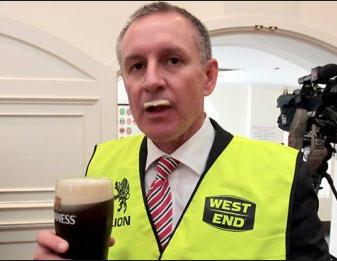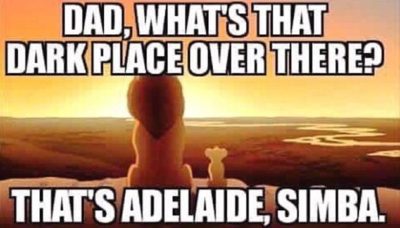South Australians have again suffered another blackout – five episodes in the past year, one tragically.
23-31 Dec 2016: Around 155,000 households, almost 20 per cent of SA Power Networks’ customers, endured a prolonged blackout of a week over Christmas without any power in the Adelaide Hills. Hundreds of businesses had to close their doors. Nine hundred families in the Adelaide Hills endured a rather raw turkey Christmas.
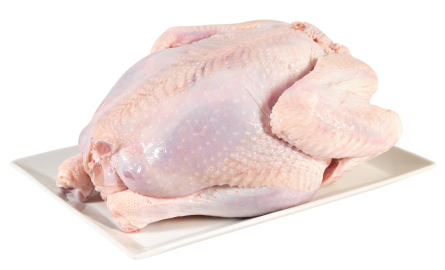 Not a Merry Christmas for South Oz
Not a Merry Christmas for South Oz
No power, no lighting, no refrigeration, no communications. Communications were down with the blackout denying landline calls, mobiles and internet across the state. Too bad if you had a medical emergency.
Affected districts include the Adelaide metro area, Mount Lofty Ranges, Eastern Eyre Peninsula, Yorke Peninsula, Flinders, Mid North, Kangaroo Island, Riverland, Murraylands, Upper South East, Lower South East and parts of the North West Pastoral and North East Pastoral districts.
Premier Jay Wetherill couldn’t care, he was on holidays, incommunicado, MIA, AWOL, try “non compos mentis”.
9 Dec, 2016: A localised power outage in Adelaide on Friday December 9 caused an electronic breathing machine to stop, killing muscular dystrophy patient Andrew Tippett (53) of Wayville. Mr Tippett needed the machine to stay alive. He suffocated from being denied oxygen from the critical machine.
Wetherill has blood on his hands this Christmas.
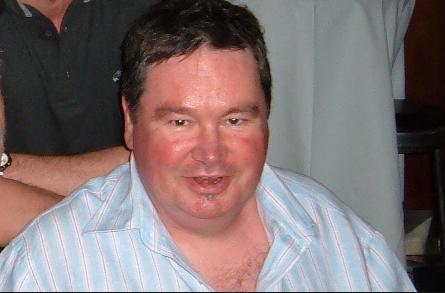 SA Blackout killed Mr Andrew Tippett
SA Blackout killed Mr Andrew Tippett
28 Sep, 2016: Remember South Australia’s Blackout on September 28 affecting 1.6 million South Australians? Storms damaged the power grid in July as well. How about again on November 1, 2015 denying power to 110,000 households and businesses?
And then previously in February 2014 when more than 10,000 Adelaide households lost power. Privatised energy provider SA Power Networks is foreign-owned by Chinese billionaire Li Ka-Shing of Hong Kong based Cheung Kong Infrastructure Holdings.
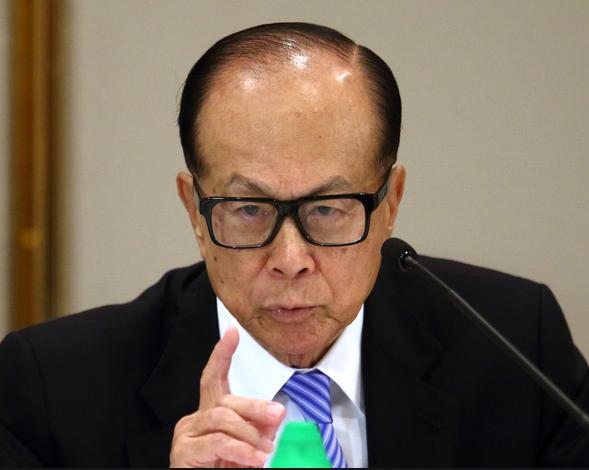 Chinese Li Ka-Shing controls South Australia’s electricity
Chinese Li Ka-Shing controls South Australia’s electricity
It used to be the Electricity Trust of South Australia owned by all South Australian taxpayers. But SA Premier John Olsen‘s Liberals illegally sold it off in 1999 for $3.5 billion. Since then electricity prices have soared to being unaffordable for most locals. In 2014, economist John Quiggin says the sell off cost to the SA public has been nearly $2 billion.
And so with cheap infrastructure more blackout compensation is to be paid out. The so-called ‘1 in 50 year’ storm impacted around 84,000 homes across the state and, of those, about 12,000 were eligible for Guaranteed Service Level payments.
Some businesses in the eastern suburbs were put in darkness for as long as 40 hours, being forced to throw out thousands of dollars worth of produce and losing hundreds of customers.
Hundreds of food retailers, cafes, restaurants and hotels were affected. When its hot like in February, food goes off within hours, but insurance fine print only pays out if the blackout lasts for 48 hours. SA tourism suffered big time.
Sound familiar to South Australia? Déjà Vu Jay?
And there was a blackout before than in November 2013.
This current 1-in-50-year storm in December 2016 has caused blackouts from Yadlamalka, 380km north of Adelaide, to Finnis, 80km south of the city.
The blackout from September 28 costs businesses $367 million. Now there are more businesses forced again to close their doors, lose sales, thrown out refrigerated items such as produce, vaccines and medicines.
Simon Dawe, partner of Adelaide Hills chemist The Green Dispensary Pharmacy, said about $10,000 worth of medicines in five refrigerators were likely to be destroyed after an expected 38-hour blackout. Two of three sites owned by Mr Dawe in the metropolitan area experienced power loss this week.
“The hard thing is these three days are three of the busiest days for us because everyone wants their discounted prescriptions before the PBS safety net deadline of December 31,’’ he said. “We can do 250 a day or one-third of the month’s scripts this week.’’
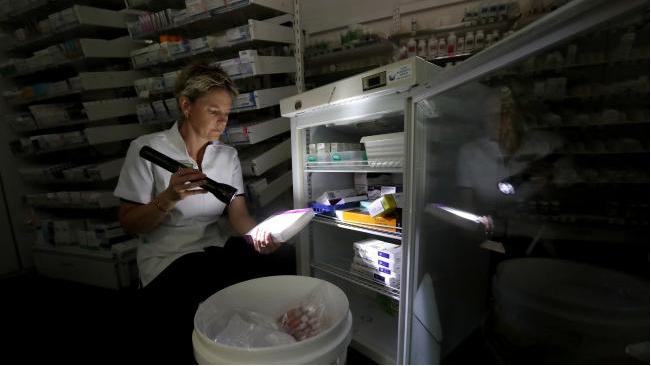 Pharmacist Kirrily Chambers bins medicine at The Green Dispensary Pharmacy in the Adelaide Hills after more blackouts.
Pharmacist Kirrily Chambers bins medicine at The Green Dispensary Pharmacy in the Adelaide Hills after more blackouts.
So again compensation payments are to be made of up to $605 for 48 hours to affected households and businesses. It will be funded by electricity price rises, just wait! Ordinary South Australians have copped price hikes more than double the inflation rate (CPI):
- Electricity up 78%
- Gas, household fuels up 111%
- Water, sewerage up 95%
- Property rates and charges up 81%
- Education up 80%
- Medical costs up 79%
SOURCE: South Australian Council of Social Service, 2016
It all compounds to make life unaffordable and stressful.
SA Power Networks said it deployed 600 workers yesterday to repair 1200 problems in the grid, mostly caused by fallen trees.
Up in the Northern Territory which gets cyclones, electricity infrastructure is much more resilient and power get restored quickly. Power restoration delays of up to 3 days have been attributed to labour cost-cutting by the private multinational. It sacked 5% of its field linesmen in 2016, many with considerable experience, according to the Communications, Electrical and Plumbing Union.
“She’ll be right” says CEO Rob Stobbe.
 South Australian government incompetence has become a national joke
South Australian government incompetence has become a national joke
SA Power Networks’ expenses from December’s storms are in the tens of millions through compensation payments to customers and overtime of at least $66 an hour paid to reduced linesman workforce of just 600, forced to cancelled leave to work 16-hour days to restore the network.
Third World chinese are used to slave labour, so with SA Power Networks being chinese-owned such totalitarianist dictat was to be expected.
South Australian Energy Minister Tom Koutsantonis, whose home was not affected by the blackout, said customers who had suffered more than 48 hours without power deserved more than the $605 in compensation offered by the Hong Kong-majority owned network operator.
The state’sreliance upon wind energy has been purely ideological at the expense of its economy. The wind farms in South Australia are owned by GDF Suez/Mitsui (French and Japanese), Acciona (Spanish), Pacific Hydro (Chinese parent), Infigen (US) , Meridian Energy (Kiwi), Trustpower (Kiwi), RATCH Australia (Thai) and Infrastructure Capital (US parent). So like SA Power Networks,the profits go offshore and the retail prices keep going up to reward private shareholders at the expense of the public.
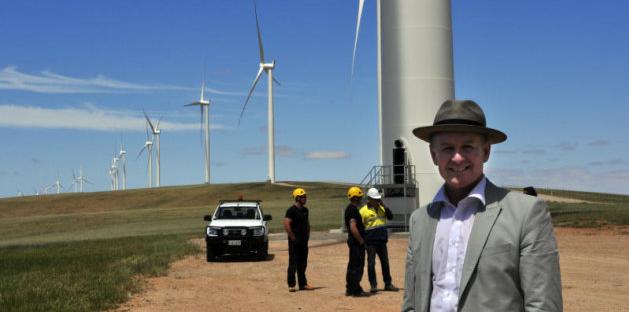 Jay Wetherill has an ideological obsession with wind for all the wrong reasons
Jay Wetherill has an ideological obsession with wind for all the wrong reasons
State of Collapse
The take home of all this is that the Liberals and Labor in North Terrace have successively sold out South Australians to unreliable extortionate electricity dependence.
Public assets have been sold to foreign multinationals. Electricity is unaffordable. Local industry is dead or dying. Even without the fall of Arrium, Holden and the automobile manufacturing supply chain, unemployment in SA will hit 10 per cent (ABS) in SA in the next two years. Rural South Australians have been abandoned by a leftist regime in North Terrace distracted by Greens ideology. Commercial businesses are losing money. Consumer sentiment is low. Tourism is going elsewhere. Unemployment is systemic and mass unemployment stalks. Poverty and homelessness is on the rise and there is a growing underclass.
Meanwhile, Jay Wetherill’s priorities lie with 267 illegals on Nauru who paid boat smugglers. Wetherill wants them flown to South Australia to queue jump locals for public services, free housing, free health, free education and welfare.
The SA brand has become a toxic risk. There is not enough private wealth being generated to raise sufficient tax revenue for the South Australian government to fund public services.
South Australian is on track to becoming an industry-less welfare state in a prolonged recession.
